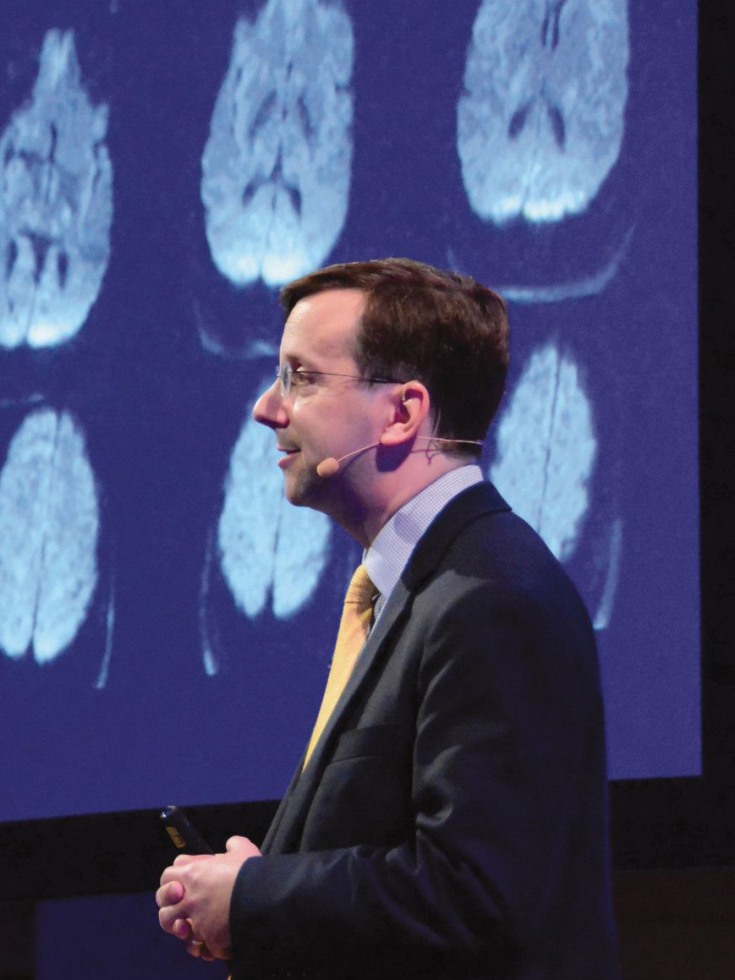PROVIDENCE, R.I. [Brown University] — Why do people sleep? Scientists have debated this question for millennia, but a new study adds fresh clues for solving this mystery.
The findings, published in the Journal of Neuroscience on Wednesday, June 22, may help explain how humans form memories and learn, and could eventually aid the development of assistive tools for people affected by neurologic disease or injury. The study was conducted by Massachusetts General Hospital in collaboration with colleagues at Brown University, the U.S. Department of Veterans Affairs, and several other institutions.
Scientists studying laboratory animals long ago discovered a phenomenon known as “replay” that occurs during sleep, explained Dr. Daniel Rubin, lead author and a neurologist at the MGH Center for Neurotechnology and Neurorecovery. Replay is theorized to be a strategy the brain uses to remember new information. If a mouse is trained to find its way through a maze, monitoring devices can show that a specific pattern of brain cells, or neurons, will light up as it traverses the correct route.
“Then, later on while the animal is sleeping, you can see that those neurons will fire again in that same order,” Rubin said.
Scientists believe that this replay of neuronal firing during sleep is how the brain practices newly learned information, which allows a memory to be consolidated — that is, converted from a short-term memory to a long-term one. However, replay has only been convincingly shown in lab animals.
“There’s been an open question in the neuroscience community: To what extent is this model for how we learn things true in humans? And is it true for different kinds of learning?” asked neurologist Dr. Sydney S. Cash, co-director of the Center for Neurotechnology and Neurorecovery at MGH and co-senior author of the study. Importantly, Cash said, understanding whether replay occurs with the learning of motor skills could help guide the development of new therapies and tools for people with neurologic diseases and injuries.
